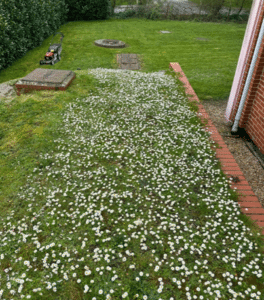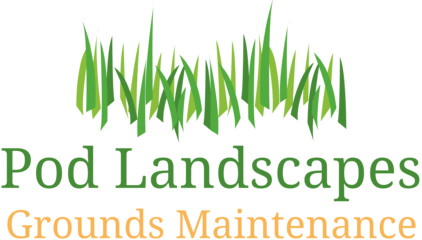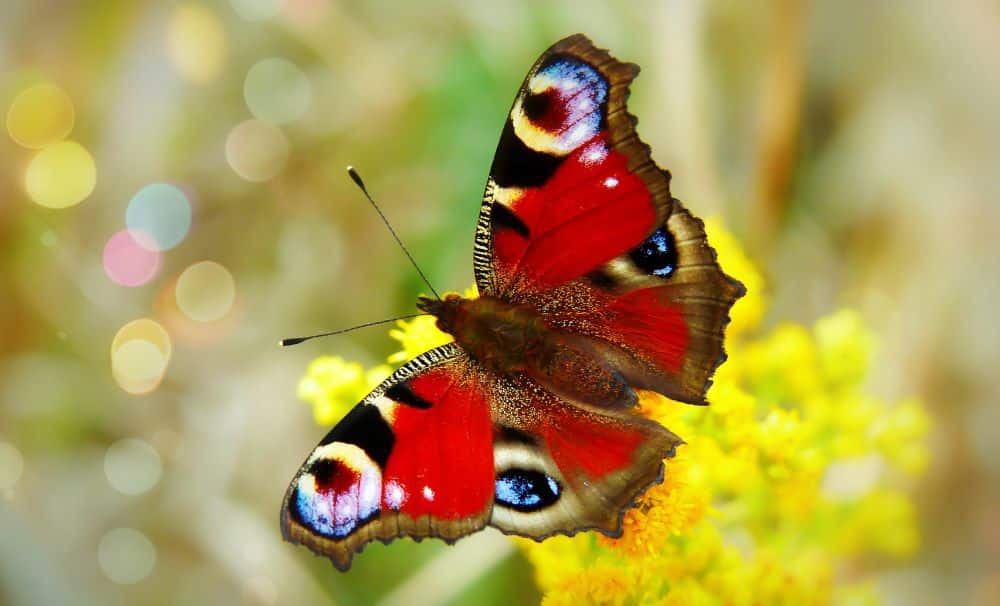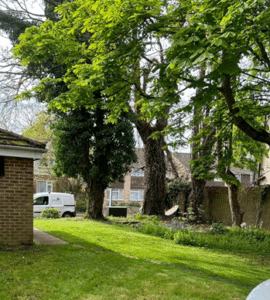No, we’re not here to give you ‘that’ talk. This blog is all about insects. Specifically, butterflies and bees, two of the UK’s biggest pollen spreaders that have been struggling over the last few years. You might have heard of the global ‘Save the Bees’ campaign, but how much do you really know about it? And more importantly, is there a way your business could be giving back to the environment without costing you a penny?
Who Are The UK’s Pollinators?
Pollinators are any species of insect that moves pollen between plants, helping them reproduce. That might not sound that important, but pollinators contribute £690 million worth of crops to our economy every year. Around 1/3 of all the food we eat relies on pollinators, as well as the crops we use to make our fabrics and building materials.
There are a lot of different pollinators out there, and they vary from country to country. In the UK, our main pollinating species are:
- Bumblebees
- Honey bees
- Butterflies
- Moths
- Hoverflies
- Beetles
- Solitary bees
- Other flies
In total, there are around 150 different species of pollinator in this country alone, but these guys are the big contributors. 80% of European wildflowers are pollinated by bees, and 90% of global crops are visited by bees and butterflies, so they’re really doing the lions’ share of the work!
What’s The Problem?
The big problem is that insects aren’t as common as they used to be. You might have noticed that, when you drive around, you don’t have to clean the insects off your windscreen as much as you did 10 or 20 years ago. Insects in general are on the decline thanks to pesticides and pollution, but none is affected more than the bees. Over half of UK bee species have declined in the last 50 years, which means fewer plants being pollinated and fewer crops for us to use. It also causes a 60% reduction in general UK wildlife, since pollinators are an important food source for birds, mammals and other insects.
All in all, not great news. Which is why it’s important for businesses and individuals to do as much as we can to protect these little helpers, and provide safe spaces for them to live.
What Can I Do To Help?
Glad you asked! If you’re interested in supporting pollinators on your grounds, there are a few different ways you can help. Through our grounds maintenance work, our knowledgeable experts can create plans that support pollinators, boost biodiversity and work within your budget. It’s called a ‘nature first’ approach, and it can work in any size of grounds, from a single hotel to a residential care facility or a business park.
Create Wildflower Meadows: Wildflower meadows, or ‘rewilding spaces’ don’t just look good. They provide food and shelter for pollinators on their journeys, as well as connecting different areas as ‘green corridors’. It’s not a huge change for your site, but it can have a huge impact on the local biodiversity and health of your local area. By using wildflowers to connect areas of high-quality habitat for invertebrates, you can support pollination and increase genetic diversity. All of which leads to a stronger ecosystem. If every commercial space made just this one change, just imagine the difference it could make!
Plant Native Trees: Another way to create corridors and support these busy pollinators is to plant native trees. These trees are ideal for bees, butterflies and other local pollinators because they can get pollen from them when there aren’t many plants in flower. Many of our native trees, like hazel, alder and pussy willow all flower in early spring to late autumn, which is exactly when pollinators need more access to forage. By planting pollinator-friendly trees, you can encourage and support these insects at all times of the year.
Create New Habitats: If you have spaces around your grounds that are looking a bit tired or aren’t being used fully, you can dedicate them to creating new habitats for animals and pollinating insets. That could include using deadwood to make wooden hides, setting up bee hotels, letting the grass grow long, planting small flowered areas and allowing weeds to take over in the area. Make sure there are some areas of shade and a shallow water source, and you’ll have the perfect sanctuary for bees, butterflies and all sorts of other pollinators.
On top of all of this, there is a huge range of nature-based solutions that can be integrated into your grounds maintenance contract at little to no cost, created and maintained by their teams.
The Reality of ‘No Mow May’
As it’s almost May, we wanted to address ‘no mow may’, and what we think of it. On the whole, it’s a great idea for individuals in their own gardens. It’s a great way to make your garden bee and butterfly-friendly and do your bit to protect the environment. But there are a few reasons that it doesn’t work for commercial properties. For one, commercial properties need to be clear for access at all times, which is much more difficult if people have to battle through long grass. It’s also an issue for cleanliness – not taking care of grounds with frequent mowing a weeding can make them a haven for pests, which impacts the business.

Putting biodiversity at the centre of your grounds maintenance strategy, you can make a very real and measurable difference to your local environment. And if you’re not sure what to plant or where to start, you can always chat with one of our friendly team. All of the gardeners at Pod Landscapes are experts in all things plants, and can help you decide the best options for your budget and maintenance requirements. For more information, just get in touch with the team today.



